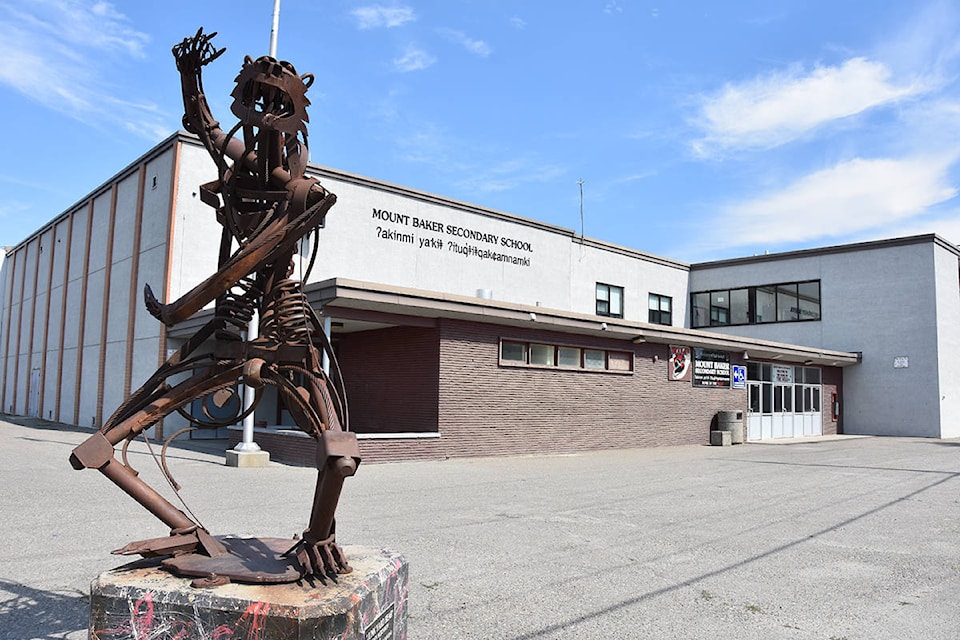As educators across the province prepare for exams and the end of the school year, the leader of the teachers’ union has been touring the various districts ahead of negotiations for a new contract.
Glen Hansman, the president of the B.C. Teachers’ Federation (BCTF), recently met with School Dsitrict 5 staff in Fernie, Jaffray and Cranbrook while scoping out local issues.
Hansman stopped by the Cranbrook Townsman, along with Shelley Balfour, the president of the Cranbrook Teachers’ Association, to talk about some of the common issues faced by districts across the province.
Teacher shortages is one such issue experienced in many areas, he said.
“That’s something that needs to be dealt with because we’ve still got some places in the province where rural or remote communities have jobs sitting vacant for months,” he said.
Hansman said local ideas to attract additional specialized staffing include providing financial assistance towards student loans if a teacher commits to staying in the area for five years or additional financial incentives for housing.
Teacher shortages have been a long running issue, however, some relief came three years ago after a landmark ruling from the Supreme Court of Canada restored contract language and funding that created 3,700 new positions.
“Trying to find that many people in a short period of time meant that teacher-on-call lists were depleted in many school districts around the province,” said Hansman, “and we probably had the largest mass migration of teachers within B.C. than we’ve ever seen as jobs opened up in different parts of the province.”
The case had wound through various levels of court dating back to 2002 when the provincial government stripped out the right to bargain class size and composition.
The effects of that Supreme Court of Canada ruling since then has helped improve some of the staffing and teaching conditions in schools in the short term, added Hansman.
“Overall, the last school year and this one, it’s the best class sizes that we’ve seen in a quarter century in B.C. and probably the best levels of support for students with special needs we’ve had for a long time,” he said. “But that said, it’s not even around the province so we’re trying to fix that in this round of bargaining.”
Balfour says that SD5 has been facing a shortage in specialized teachers such as French Immersion, librarians and student services.
“The specialist positions are really difficult [to fill], we struggle with that,” she said.
In addition to staffing challenges, teachers are also grappling with new curriculums, as a new K-10 program was introduced last year, with Grade 11-12 set to go live next year. Classroom funding remains an issue as well.
With the current five-year collective bargaining agreement set to expire at the end of June, Hansman says it’s a chance to address the collective bargaining language that hasn’t evolved due to 15 years of legal challenges.
The last contract was signed in 2014 following a five-week strike and lockout that started in May and extended through the summer months into September.
Hansman doubts the situation will escalate like it did six years ago, but notes the union is anxious to get a new agreement in place.
“We’re a bit concerned at this point that things are taking longer than they need to be and there doesn’t seem to be a shared goal yet, in terms of filling some of those gaps,” Hansman said. “So we’ll see; salary isn’t going to be the challenge, it’s going to be what to do with accumulated problems like teachers’ working conditions around the province.”
trevor.crawley@cranbrooktownsman.com
Like us on Facebook and follow us on Twitter
